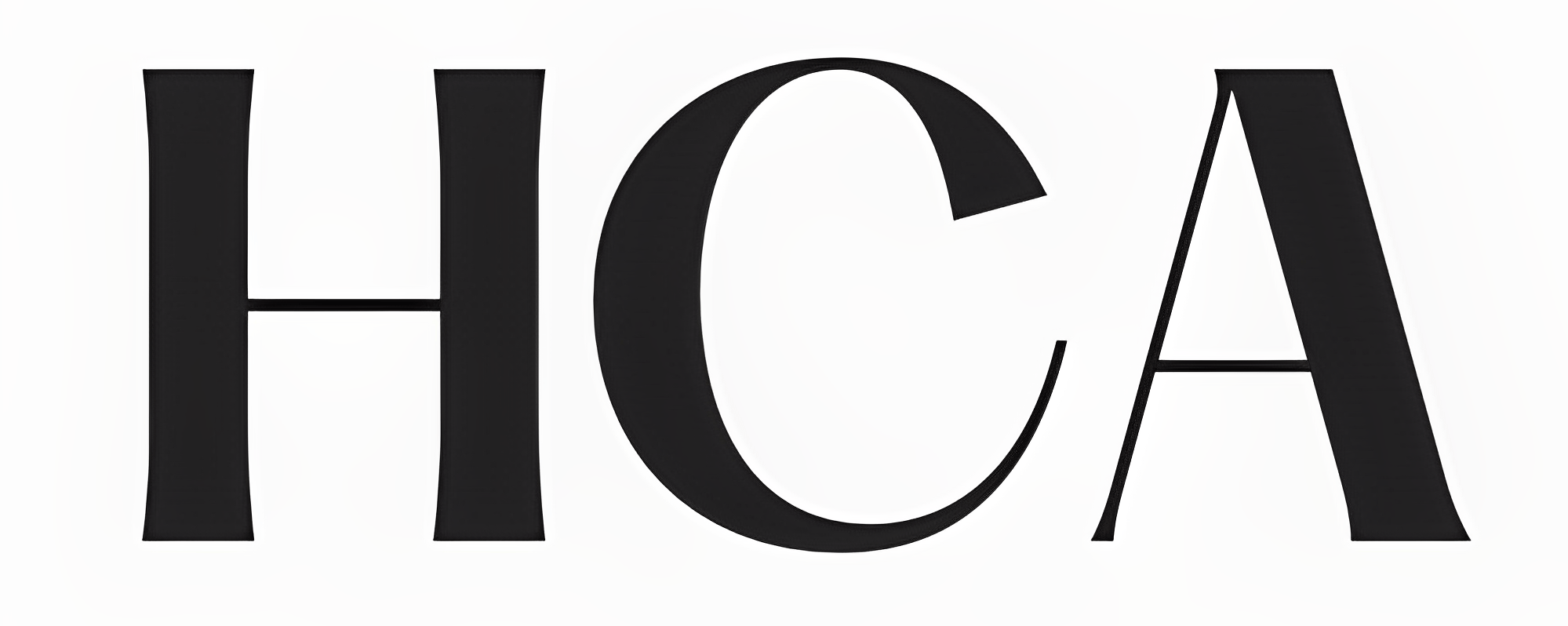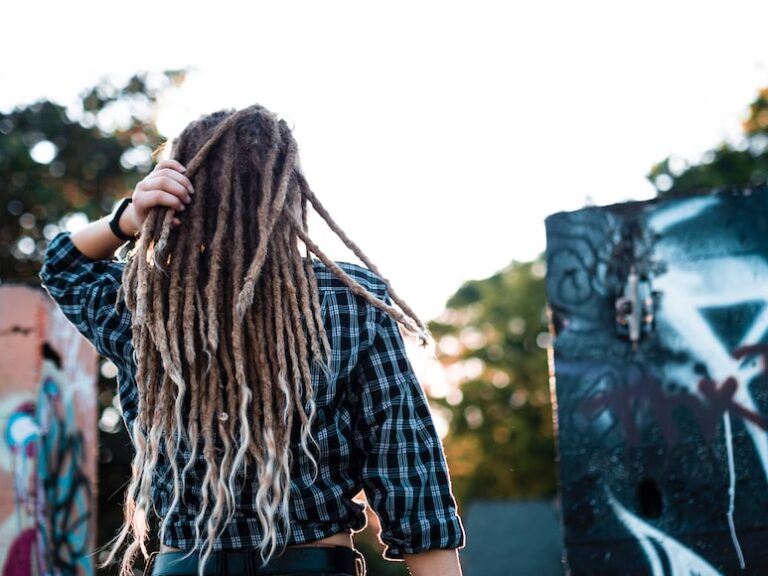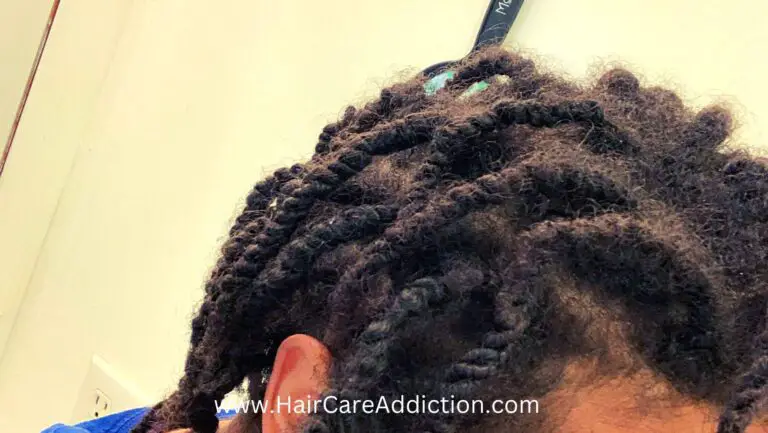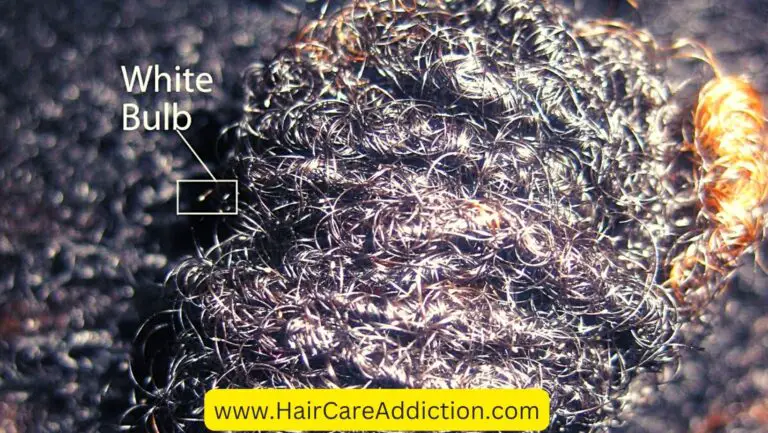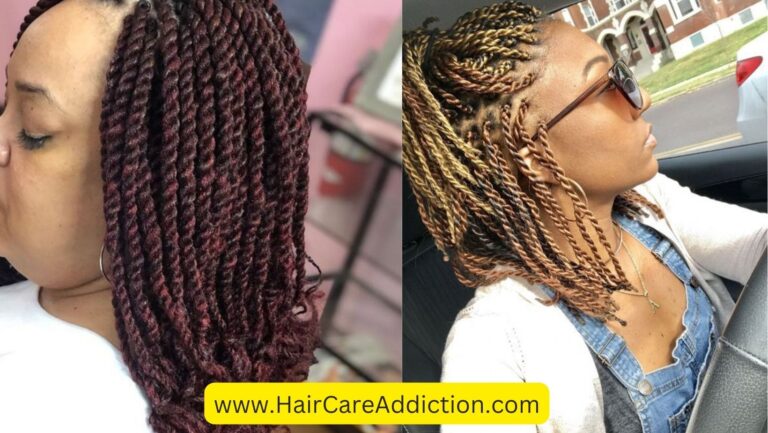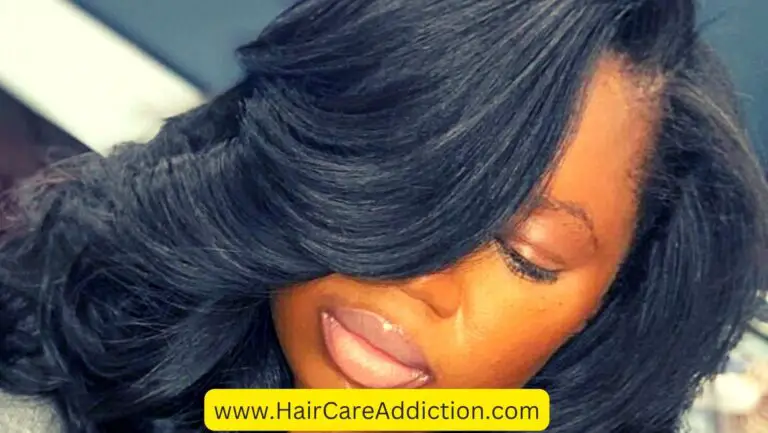Do Dreadlocks Cause Receding Hairline: Dreadlocks and Hair Loss
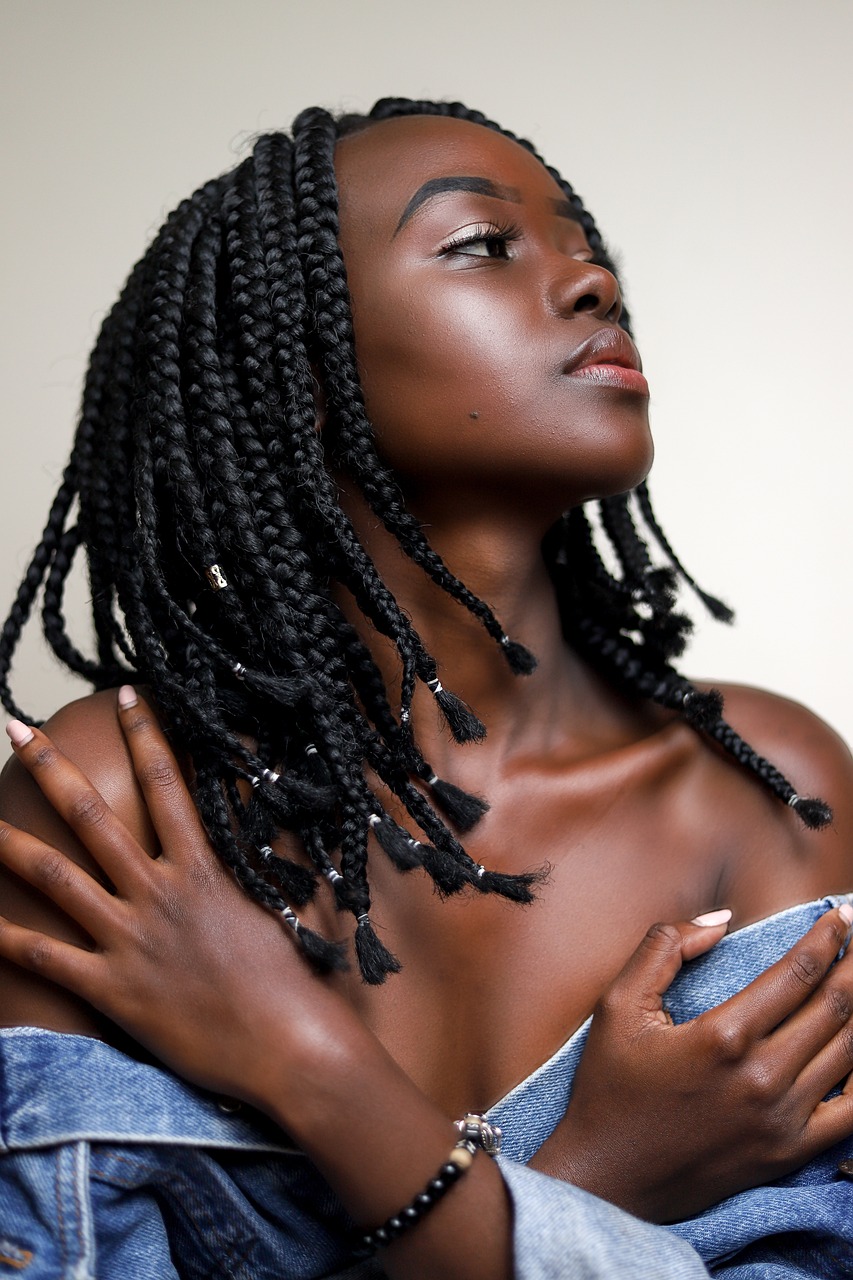
Dreadlocks have become increasingly popular over the years, but many people are concerned about their potential impact on hair health.
In this blog post, we’ll explore the question: do dreadlocks cause a receding hairline?
We’ll also discuss the relationship between dreadlocks and hair loss, whether dreads cause balding, and how to prevent hair loss while wearing dreadlocks.
So if you’re thinking about getting dreads or just curious about their effects on your hair, keep reading!
Do Dreadlocks Cause a Receding Hairline?

To answer the question simply, no, dreadlocks do not inherently cause a receding hairline.
In fact, they can provide some level of protection for your hair by reducing the need for heat styling and chemical treatments that can lead to hair damage.
However, there are certain factors and practices that can contribute to a receding hairline when wearing dreadlocks, such as wearing them too tightly or not maintaining them properly.
Dreadlocks and Hair Loss
While dreadlocks themselves don’t cause hair loss, certain factors can contribute to a receding hairline when wearing them.
One of these factors is traction alopecia, a type of hair loss caused by pulling on the hair.
This condition can develop if dreadlocks are worn too tightly or for extended periods of time, putting stress on the hair follicles and causing them to weaken.
Another factor is the weight of the dreadlocks.
If the dreads are too thick or heavy, they can put excess weight on the hair follicles, which can lead to traction alopecia over time.
Do Dreads Cause Balding?
Dreadlocks, on their own, do not cause balding.
Hair loss is a natural process that occurs in everyone, regardless of whether they have dreadlocks or not.
However, as mentioned earlier, improper care and maintenance of dreadlocks can contribute to hair loss and, in some cases, may lead to balding.
How to Prevent Hair Loss with Dreadlocks
Preventing hair loss while wearing dreadlocks involves proper care and maintenance. Here are some tips to help keep your hair healthy while sporting dreads:
- Avoid wearing dreadlocks too tightly. Tight dreads can cause traction alopecia, so it’s essential to find a comfortable balance between secure and loose.
- Keep the weight of your dreadlocks in check. Opt for thinner, lighter dreads to reduce the stress on your hair follicles.
- Maintain a consistent hair care routine. Regularly washing, moisturizing, and maintaining your dreads can help prevent breakage and hair loss.
- Give your hair a break from time to time. It’s essential to let your hair and scalp rest by taking breaks from wearing dreadlocks occasionally.
- Consult a professional. If you’re concerned about hair loss or have questions about dreadlock maintenance, seek the advice of a qualified hairstylist or trichologist.
Other Disadvantages of Dreadlocks
While dreadlocks can be a stylish and low-maintenance hairstyle, they do have some potential side effects, including:
- Hindered hair growth cycle: Wearing dreadlocks for extended periods may slow down your hair’s growth cycle.
- Hairline pushback: As mentioned earlier, tight dreadlocks can cause traction alopecia, which may push back your hairline.
- Increased risk of breakage: If dreadlocks are not maintained properly, they can become dry, brittle, and more prone to breakage.
Can you loc damaged hair?
Damaged hair, whether it’s from heat styling, chemical treatments, or split ends, can make the locing process more challenging and even cause breakage.
Generally, it is not advised to loc the damaged or relaxed hair. Start with healthy and natural hair to make beautiful dreads.
Locing process involves interlocking and matting the hair strands, which can cause breakage if the hair is already dry and damaged.
So, before you decide to loc your damaged hair, it’s important to address the underlying issues causing the damage.
What will happen if you loc damaged hair?
Interlocking and matting the hair strands while locing put a lot of strain on already dry and damaged hair, potentially causing breakage and making the problem worse.
If you have severely damaged hair, locing it may not be the best option. It might cause breakage of loc.
That said, if your damaged hair is only slightly dry and brittle, you can achieve beautiful, healthy dreadlocks when you take steps to restore the health of your hair before locking it.
To sum up, if you have severely damaged hair, it may not be wise to loc it. However, if your hair is only slightly damaged, you may be able to loc it successfully with the right care and attention.
Should you trim the damaged hair before loc?
One effective way to restore the health of your damaged hair is by trimming it regularly.
Trimming the hair can help remove split ends, which are one of the main causes of hair damage. You can also try using natural oils, such as coconut oil or castor oil, to nourish your hair and protect it from further damage.
How to loc damaged hair?
Here are some tips to help you loc damaged hair:
- Address the underlying causes of damage
- Start with small sections
- Use a locking product specifically formulated for damaged hair
- Avoid pulling the hair too tightly
- Regular maintenance
How long does it take to loc damaged hair?
The length of time it takes to loc damaged hair can vary depending on several factors, including the length, thickness, and texture of the hair, as well as the method used to loc it.
Typically, it can take anywhere from several months to a year or more to loc damaged hair.
The process of locing involves gradually matting and interlocking the hair strands, which takes time and patience.
During this time, it’s important to care for the hair and avoid any practices that could cause further damage, such as heat styling and chemical treatments.
Should you loc thinner hair?
It’s up to personal preference whether or not to loc thin hair.
Some people find that locing helps to protect and add thickness to their hair, while others find that the weight of the locs can cause breakage and further thinning.
It’s important to consider the texture and health of your hair, and to discuss your options with a stylist or loctician who is experienced with working with hair like yours.
Conclusion
In conclusion, dreadlocks do not directly cause a receding hairline or hair loss. However, improper care, tightness, and the weight of the dreads can contribute to these issues.
